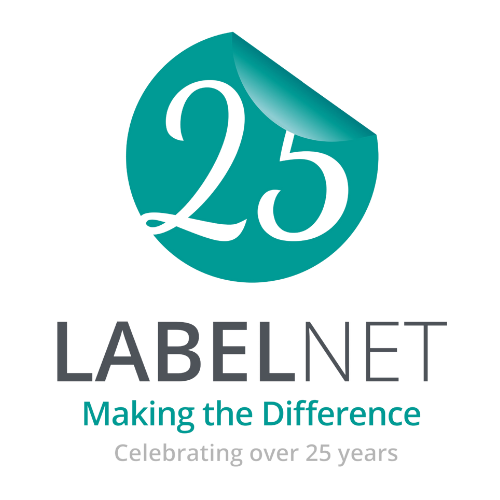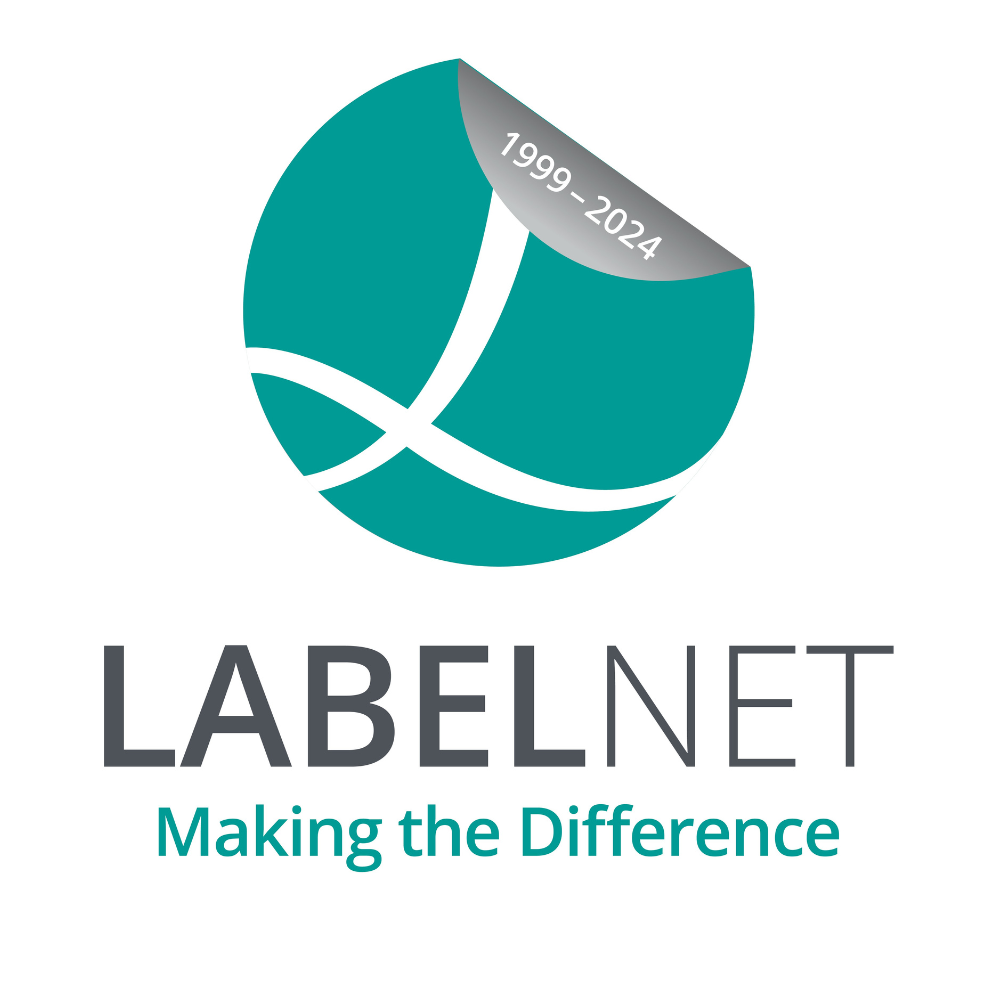
Better Labels Will Eliminate “Consumer Blind Spot”
A study in Australia has found that consumers are poorly informed about the environmental impact of their food choices. Are carbon labels the solution?
This is the information age, and the consumers of 2019 are better informed when it comes to making purchasing decisions than at any point in history. However, there are still gaps in the information that is available, and there is an old saying that sometimes, a little knowledge is a dangerous thing.
This certainly seems to be the case when it comes to carbon, if a recent study carried out in Australia is anything to go by. The research, led by a senior lecturer at the University of Sydney, found that consumers are well aware of the need to reduce their carbon impact, but have little idea about how their food choices can help them do so. Could adding carbon information to food labels provide the solution?
If only they knew
The research project involved 1,000 participants, who were asked to discuss their purchasing decisions and how environmental impact shapes those choices. It found that consumers have a genuine desire to make greener choices, but that the majority are completely unaware that different food types, such as meat or vegetables, can carry such vastly different carbon footprints.
As a case in point, most of the participants said they thought there was little difference in the environmental impact of a can of vegetable soup or a can of beef soup. In fact, the beef soup creates ten times more greenhouse gases than the vegetable soup.
The researchers then tried adding carbon footprint labels to cans of beef soup and vegetable as part of a follow-up study. The results were dramatic, and resulted in far more people choosing the vegetable soup when they were aware of the environmental impact.
Cutting down the meat
The western world has seen a general shift over the past 20 years towards more of a vegetable-based diet. The main reasons for this have been social, ethical and health-related, but the question of sustainability and combatting climate change could provide the biggest driver yet.
In December 2018, the World Resources Institute (WRI) reported that by 2050, the world will need 60 percent more food to feed the ever-growing population, but that this must be produced in a way that will not lead to greater carbon emissions and more climate change.
The correlation with the Australian study is obvious, and if consumers can be better informed and start making environmentally responsible choices today, surely that is better than the future envisaged by the WRI, in which people across the western world will be obliged to limit themselves to only one or two servings of red meat per week.
Carbon handprint
A related labelling project is already underway in Finland, in which products are labelled with a “carbon handprint” that shows their positive environmental impact. This might be through energy-efficient qualities or a lengthened life span, for example. A larger handprint means a smaller carbon footprint – it is a great way to focus on the positives to encourage consumers to make the most responsible purchasing decisions.



